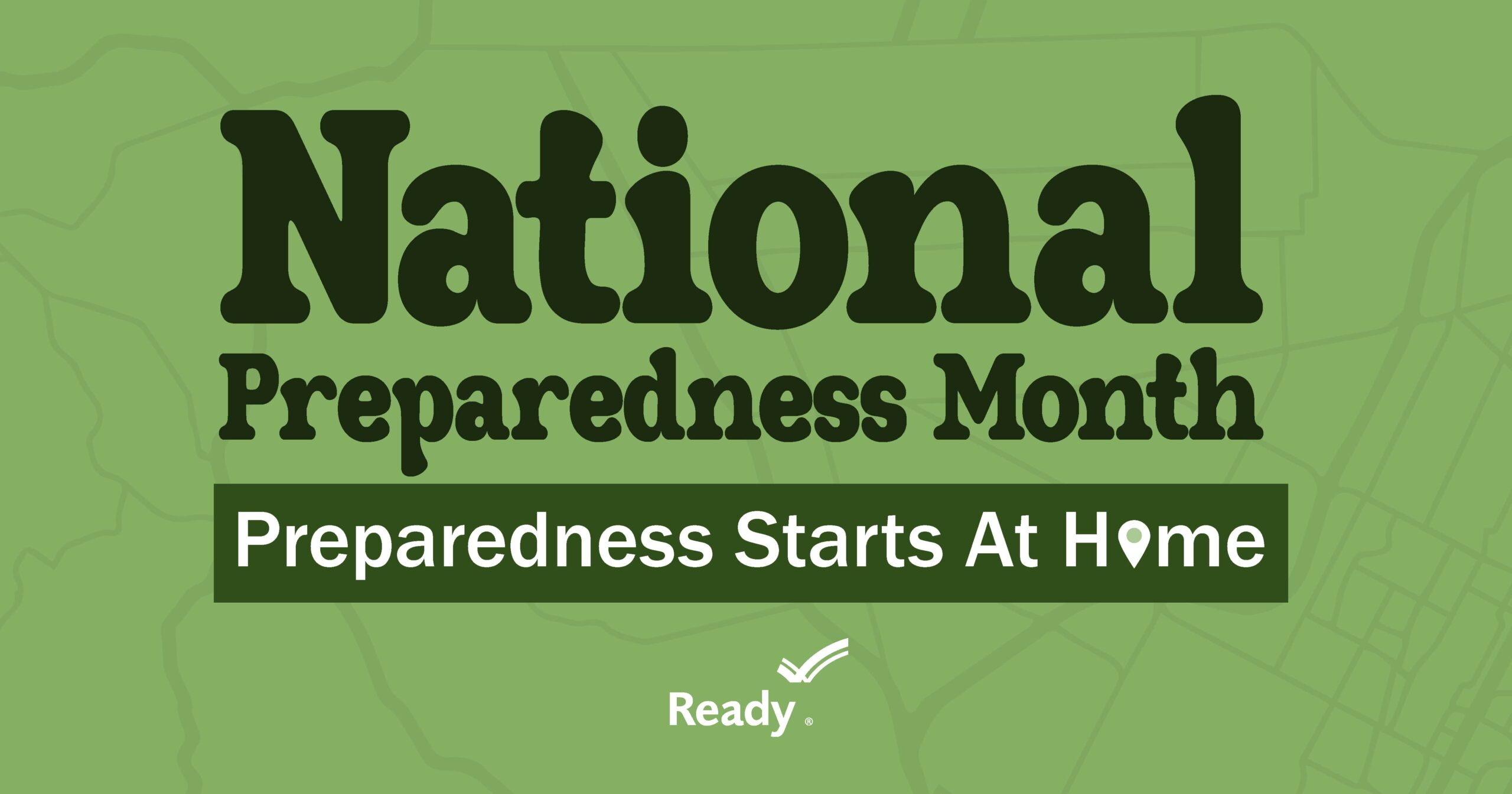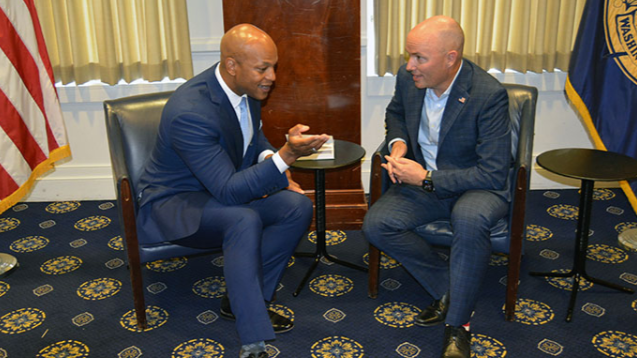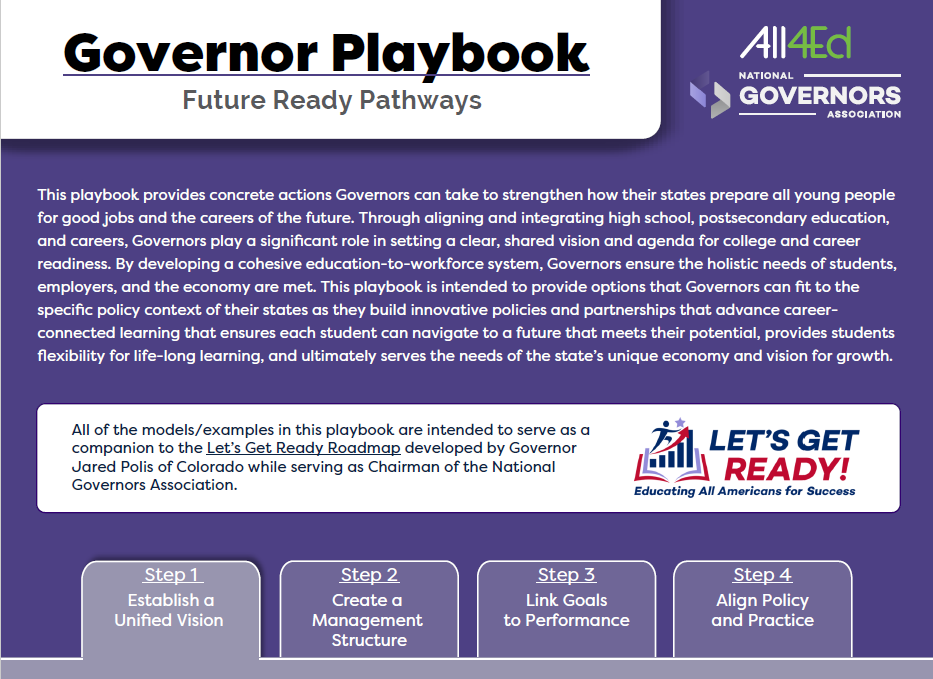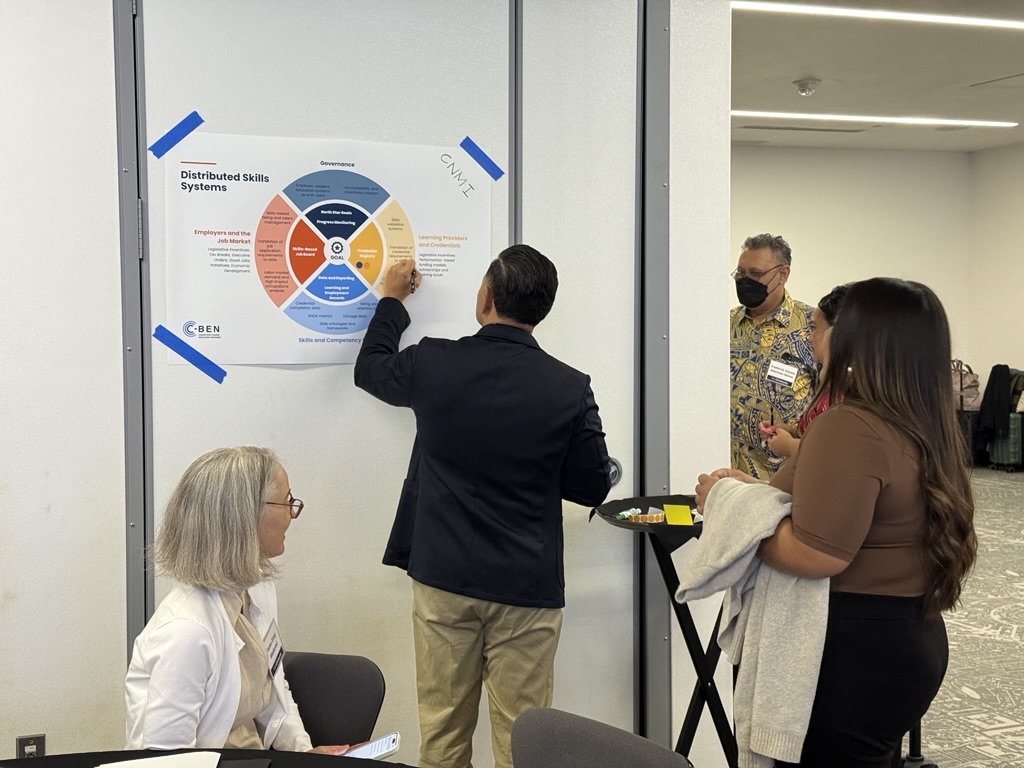Workforce Development Month is a nationwide celebration recognizing the vital role workforce development plays in helping Americans build the skills and experience that employers need.
As part of this celebration, we thought we would share just a taste of how Governors across the country are supporting workforce development in their states, and opening doors to new opportunities, careers, and personal growth for their citizens.

Governor Josh Stein
Supporting Postsecondary Pathways for Youth
Governors are working to ensure every student has a viable pathway after high school by expanding career counseling, implementing career planning requirements for high school students, strengthening college and career readiness standards, offering financial incentives, and allocating additional resources for underrepresented communities. For example, Idaho LAUNCH covers 80% of tuition and fees for recent high school graduates to pursue in-demand careers at eligible Idaho institutions; while Indiana is transitioning to a new high school diploma system featuring “readiness seals” that indicate students’ preparedness for college, employment, or military service.

Governor Brad Little
Expanding Registered Apprenticeship
Governors are removing regulatory barriers to expand Registered Apprenticeship and incentivizing program participation among agencies and private employers. Funding apprenticeship intermediaries, integrating apprenticeships with academic credit, and expanding youth/pre-apprenticeship programs are key strategies. For example, Arizona’s BuildItAZ initiative aims to double construction apprenticeships by 2026, investing $3.65M to enhance capacity, access, and support. Alabama offers tax credits up to $1,750 per apprentice and wage reimbursements, along with funding for technical instruction.

Governor Katie Hobbs
Increasing Participation in Work-Based Learning and Dual Enrollment
Governors recognize that a “one-size-fits-all” approach to education is no longer optimal for workforce development and are expanding opportunities for work-based learning and dual enrollment to help prepare students for postsecondary education and in-demand careers. Efforts include adding work-based learning to career readiness standards, allowing students to earn academic credit for approved work-based learning experiences, reducing financial barriers to dual enrollment, and incentivizing schools to reach strategic targets. For example, Nevada’s Credit for Work-Based Learning provides paid and unpaid work-based learning opportunities for 7th-12th grade students and the Montana STARs Act provides “Future Ready” payments to incentivize work-based learning, credential attainment, and dual enrollment.

Governor Joe Lombardo
Engaging Employers as Partners and Developing Statewide Sector Strategies
Governors are engaging directly with employers and integrating sector-specific strategies within their broader state workforce and education development plans. By collaborating with economic developers and engaging workforce boards, chambers of commerce and other business associations, states have been able to reduce barriers to employer engagement and blend and braid funding to support sector partnerships. For example, Maryland Governor Wes Moore launched the Governor’s Apprenticeship Pledge last year, inviting employers from every industry to create or expand apprenticeship programs. Kentucky’s Healthcare Workforce Investment Fund combines public and private funding to provide scholarships for healthcare training programs, with the stipulation that recipients agree to work in Kentucky for 1-2 years after receiving their degree or credential.

Governor Andy Beshear
Aligning and Coordinating Regional Partnerships
Governors’ workforce teams are also leveraging regional partnerships to support local workforce strategies. By coordinating with local workforce boards and enabling best-practice sharing across regions, states are able to better assess gaps and ensure that career pathways, training programs and curricula are being deployed correctly and are regionally responsive. In Wisconsin, for example, the Regional Career Pathways (RCP) approach provides high school students career pathways that reflect local region needs with employers, education, and economic and workforce development. In North Dakota, the Workforce Development Council developed the North Dakota Regional Workforce Impact Program which incentives locally-driven workforce solutions.

Governor Kelly Armstrong
For more information on the work Governors are doing to advance workforce and economic development activities please visit the Workforce Development and Economic Policy page or email the workforce team.












